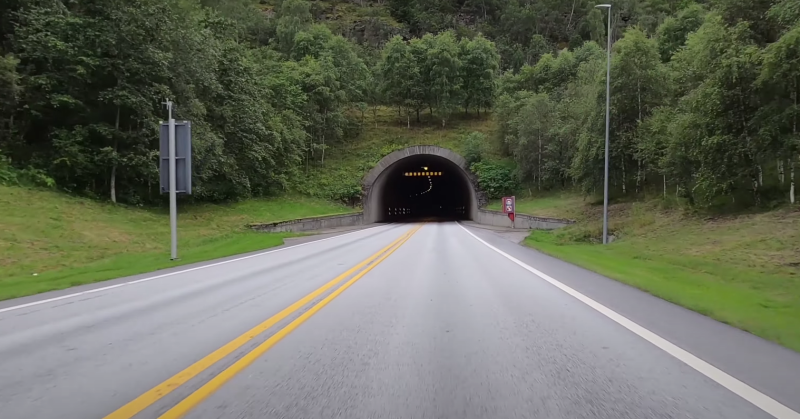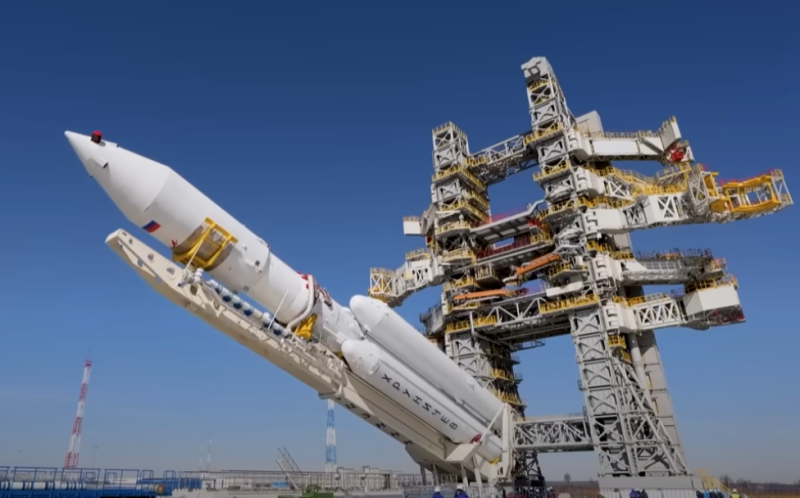It is believed that the era of space exploration ended in the late Soviet Union. Say, after the start of "perestroika", it was not up to the stars. When the USSR collapsed, the new Russia completely forgot about flights, and the entire space industry gradually faded away without funding. In fact, this is far from the case. For example, in Voronezh, the "Design Bureau of Chemical Automation" continues to function. This is a real legend of the rocket industry, where they created such engines that seemed fantastic to engineers in other countries. For example, in 1965, in Voronezh, they worked on the world's first nuclear rocket engine. This is the same project, as if descended from the pages of stories and novels. By the way, in 1978 the nuclear engine successfully passed all test cycles.
The modern RD-191 rocket motor and its modifications are considered the most reliable in the world. The main purpose of the power unit is to ensure the operation of the third stage of the rocket. To put it simply, it is this engine that should take the device into space, that is, it will carry the main load. And let it work for 250 seconds, and then the third stage will separate - the reliability requirements are outrageous. Thanks to the video of the Roscosmos TV channel, you will learn a lot of interesting things about Voronezh engines. As it turned out, the space industry in Russia is alive and even thriving!

Studebaker Wagonaire - the most unique station wagon of the 1960s
What is the secret of this “dump truck” and why it failed to survive, read in our material....









